Content
Traditional brands from the East of Germany
Much more than 40 years of GDR history
The GDR has been history for 30 years, but it lives on: almost 4,000 "Ostmarken" (Eastern brands), which were already in the trademark register before the fall of the Wall in 1989. Some of these brands have a quite long history, for example the "crossed swords" are considered the oldest German brand. On this and the following pages we tell some exciting stories: Did you know, for example, what the model for the shape of the "Halloren balls" was, how the "Multicar" got its name or after whom "Filinchen" is named?
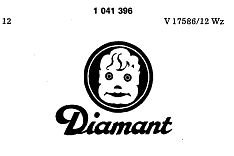
On 1 January 1885, the brothers Friedrich and Wilhelm Nevoigt founded their first joint enterprise. They produced knitting machine sinkers for hosiery mills and, in 1887, added pens to their product line. In 1895, they started to produce bikes specifically developed under the trade mark “Diamant”.
 Read more
Read more
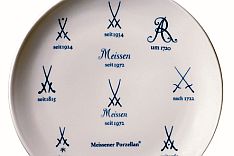
August the Strong (1670-1733), Elector of Saxony and King of Poland, did not only have a passion for the fine arts but also for Chinese porcelain. This was very expensive, only silver and gold were accepted as payment. So the "King of Saxony" relied on the art of alchemists and summoned the young Johann Friedrich Böttger to Dresden.
 Read more
Read more
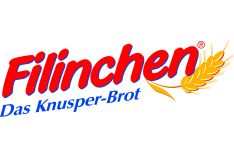
“Filinchen” is a thin waffle bread from Thuringia, which was very well known and popular in the GDR. Even today it is still being produced in Apolda and is now available all over Germany. But “Filinchen” is neither a crispbread nor a waffle, but a crunchy bread baked in a waffle iron.
 Read more
Read more
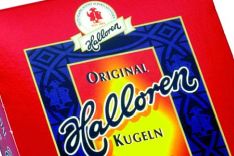
The history of the chocolate factory "Halloren" goes back to the year 1804: In Halle an der Saale the gingerbread maker Friedrich August Miethe founded a small confectionery and honey cake bakery. This was taken over by a certain Friedrich David in 1851. Under the name "David and Sons" the company gained its reputation as a manufacturer of high quality pralines at the turn of the century. The most famous product range at that time carried the brand name "Mignon" and was known far beyond the borders of Halle.
 Read more
Read more
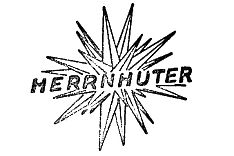
The Moravian star (German “Herrnhuter Stern”) was invented at the castle of the Unity of Brethren of Herrnhut more than 160 years ago, and is considered the origin of all Christmas stars. It is named after the Unity of Brethren of Herrnhut (the Moravian Church), which has its headquarters in Herrnhut in Upper Lusatia.
 Read more
Read more
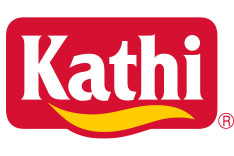
There was serious hardship in the post-war years; a daily experience for Kaethe and Kurt Thiele. Eggs, flour, sugar – everything was in short supply. But necessity is the mother of invention. So the couple created their first spreads and savoury products and set the ball rolling by starting production with simple means – initially in the garage of their apartment building. The family also developed a new type of all-round baking mix: cake flour.
 Read more
Read more

This story begins in the big hall of the pub “Deutscher Hof” in Hörselgau in Thuringia in 1920. There, the Ravensburg-born engineer Arthur Ade, together with the merchant Herrmann Irrgang, founded Maschinenfabrik Hörselgau Ade und Irrgang. As early as 1924, the company had more than 80 employees and moved to Waltershausen, two kilometres away, because the hall of the pub had been too small for quite some time.
 Read more
Read more
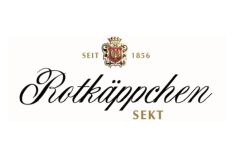
In the Saale-Unstrut wine-growing region Moritz and Julius Kloss founded a wine shop together with their friend Carl Foerster on September 26, 1856. In 1858 the young entrepreneurs from Freyburg converted it into a champagne factory, because sparkling wine was the most profitable branch of the wine business at that time.
 Read more
Read more

The history of the "Vita-Cola" began in 1958, after the government of the GDR demanded in its second five-year plan to improve the supply of non-alcoholic beverages to the population. The Ministry of Food Industry thereupon commissioned Chemische Fabrik Miltitz to develop a cola drink that would be similar to West Germany's "Coca-Cola".
 Read more
Read more

On 17 November 1846, Carl Zeiss founded an optical workshop in Jena. Only one year later, he started to build simple microscopes. It soon became clear to the young mechanic that he would only be successful in cooperation with science. In 1863, he therefore persuaded the physicist Ernst Abbe to join the company, so Zeiss started to manufacture microscopes based on scientific principles in 1873. The company quickly became a globally operating manufacturer of optical devices, such as binoculars, planetarium projectors or surgical microscopes.
 Read more
Read more
Geschäftsstelle "30 Jahre Friedliche Revolution und Deutsche Einheit"
Last updated: 10 December 2025
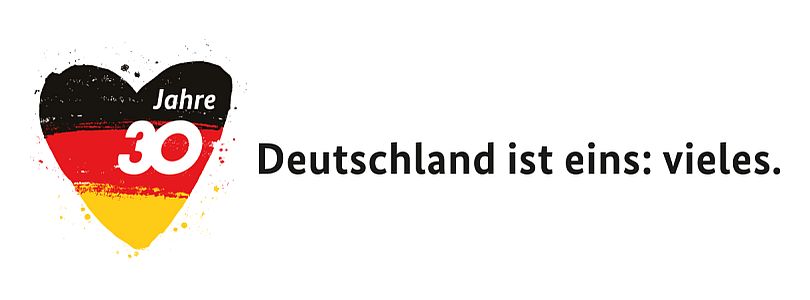


 Read more
Read more









Not only protecting innovations
Social Media